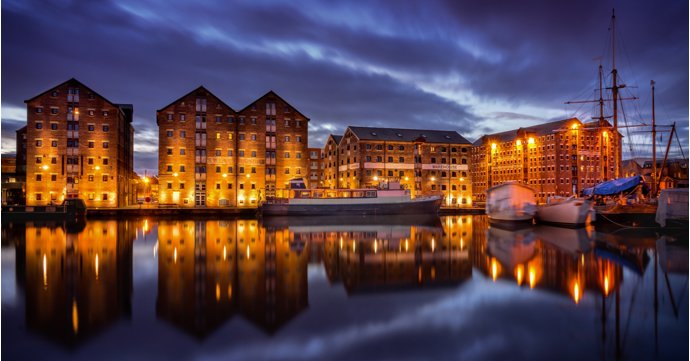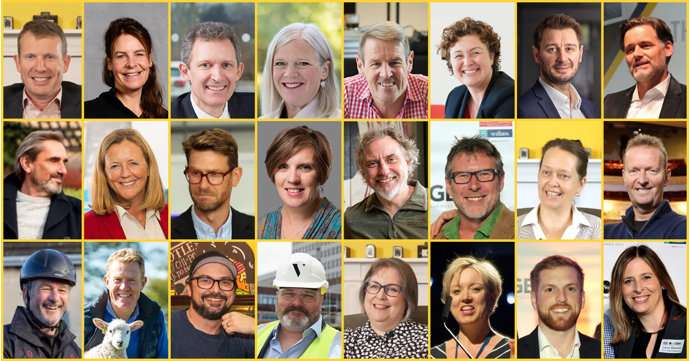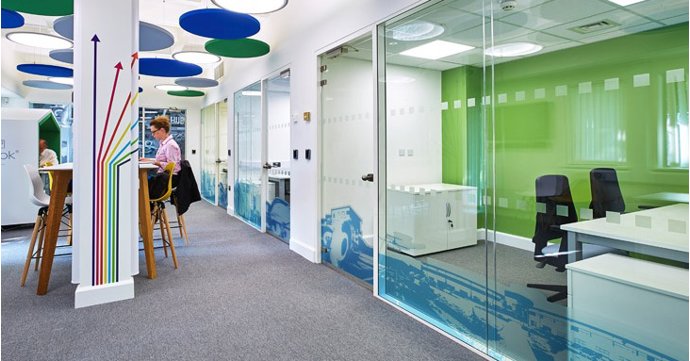Never before has there been so much focus on the impact buildings can have on our health and wellbeing — especially our workplaces, schools, colleges and universities at the hearts of our communities.
Shut away throughout the pandemic, we have reassessed and emerged acutely aware of just how important it is for us to interact; to do something as simple as spend time together, and to do it in spaces that work and feel happy in.
Rob Starnes, architect and associate director at Roberts Limbrick, believes passionately that getting those spaces right is paramount for everyone who uses them – but also for the business and educational establishments too. And to achieve that end the art of architecture is key.
He is not alone in acknowledging the wider impact. A study by the University of Oxford's business school found that workers are 13 per cent more productive when happy in their place of work; and the same applies to places of learning.
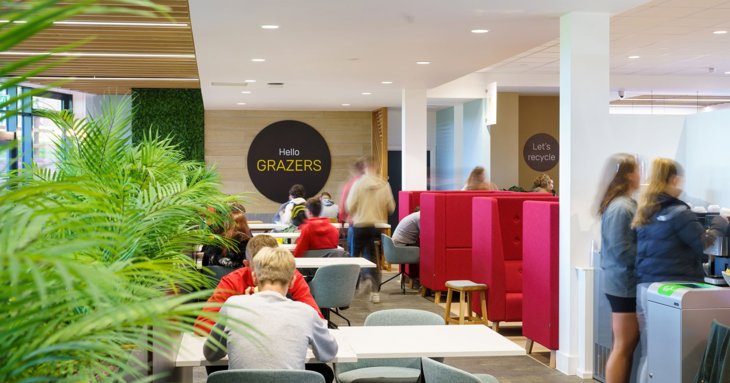
Starnes, who is based at the Gloucestershire-headquartered architects' London office, said there was more acknowledgement than ever on the positive influence that could be gained from getting buildings right.
'The main reason we go to school, college or university is to learn, but learning goes beyond the classroom and includes collaboration, socialising, practical experience and more,' said Starnes.
‘We recently delivered the new Graze building at Hartpury University and Hartpury College — a catering hub that provides a sociable, comfortable space with a range of collaborative areas.’
Roberts Limbrick also designed Cirencester College’s Gloucestershire Digital Skills Centre and its T Levels building, which both include ‘flexible spaces’ for students to collaborate. And both used nature to help create positive spaces.
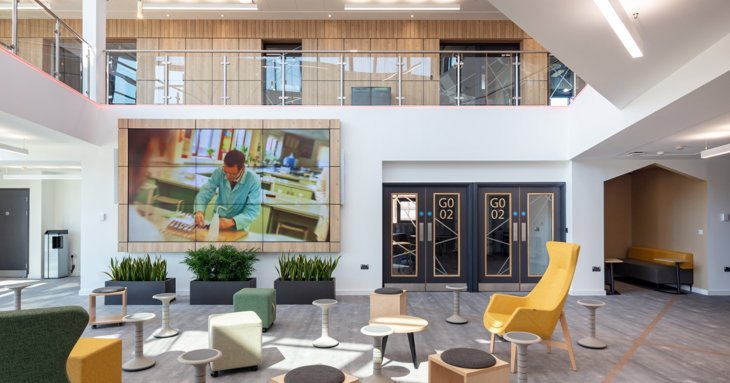
Its point, he said, was that it was important not to see any building in isolation. While the design and fabric of the building would always be the biggest factor, the use of nature — plants, trees, greenery — could also have a significant impact.
‘It’s widely accepted that nature benefits mental health and boosts wellbeing, and there are plenty of ways to connect students to the outdoors,' said Starnes.
It was an approach the firm has used extensively at Cheltenham College Nursery, which allows children to enjoy a woodland setting in what was otherwise a town centre location.
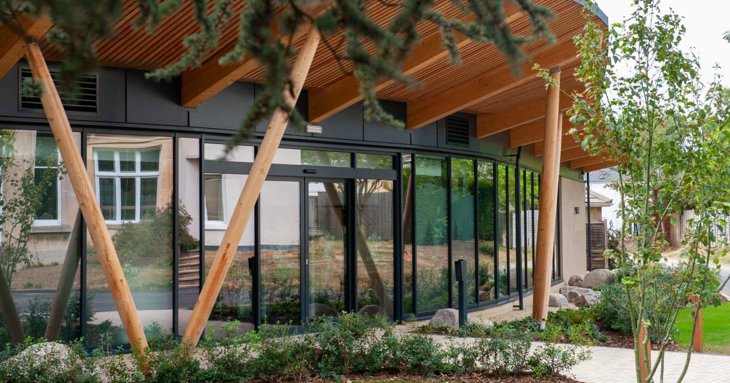
'Stroud High School Sixth Form is another of our projects that incorporates plenty of plants and natural materials, helping pupils to feel connected to their school’s semi-rural setting.'
And then there is the need to be inclusive too, to make the building welcoming to everyone.
'An educational setting should also be accessible to everyone who needs it and allow for different learning styles. Excellent facilities should be available to all children, regardless of any additional needs they may have,' said Starnes.
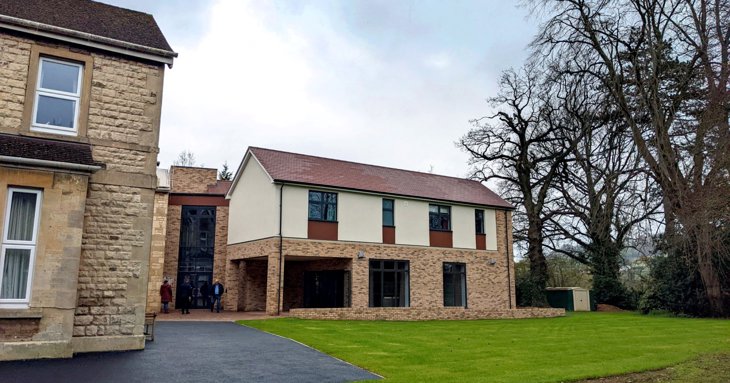
‘Our work at St Rose’s School in Stroud saw a huge improvement in residential accommodation, providing fully accessible yet homely bedrooms, along with landscaping to provide outdoor learning spaces.’
The same ideas need to be incorporated into how we deliver workspaces too. Since the pandemic we have been questioning their purpose more than ever, and are now also realising their value and understanding how we can use them to enhance the time we spend with one another.
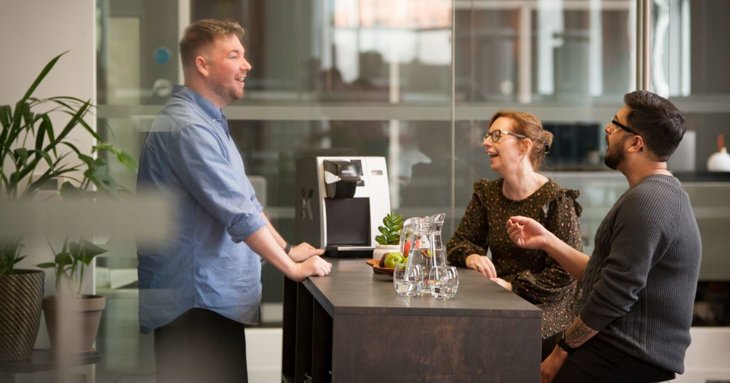
'It’s clear the way we work has changed for good. We know that people can work from anywhere and flexible working is here to stay, so now is the time to make sure your workspace is a place where people want to be,' said Starnes, who said Roberts Limbrick had been in demand to help many companies achieve just that.
‘Our interior design team has transformed over 50 offices and, as part of our recent brand refresh, we updated our own office space to reflect our company culture.’
The process, he said, need not be complicated: ‘The first thing to do is speak to staff. Understand what they need, not just in practical terms, but also to feel happy in their surroundings.'
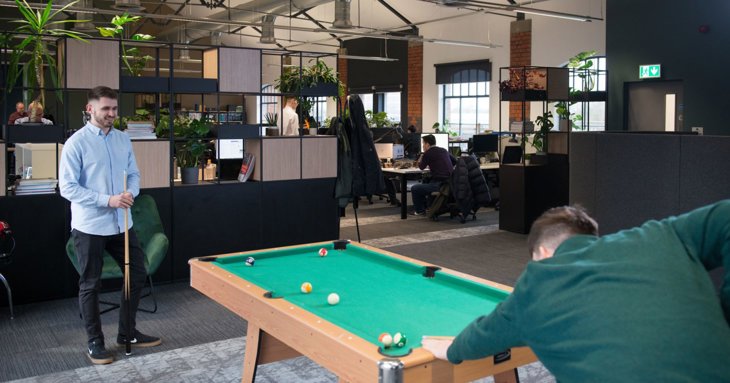
It was, said Starnes, not just about understanding the practical needs of your staff, it was also an opportunity to better understand, build and shape that other intangible — company culture, and to recognise, accommodate and even encourage the differences between individuals that makes the whole strong.
‘We don’t all work in the same way, and it’s important to support neurodiversity in your workforce so everyone is comfortable. Different tasks also require different environments. Make sure you have breakout areas for meetings and social interactions, but it’s equally important to have quiet spaces for calls and uninterrupted thinking.
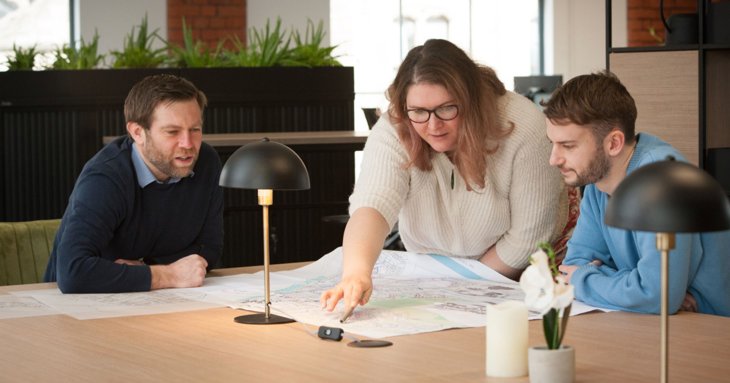
'When designing our office, as with the work we have already mentioned on schools and colleges, we focused on biophilia — the human instinct to connect with nature — and incorporate plants and greenery to enhance the space.
‘The colours you choose play a major part in the overall feel of the space. When you consider a redesign, you should think about the atmosphere you’re aiming for, and we can show you the colours and materials that will work for you.
'Remember — the joy of being back in the office is having people to speak to and to collaborate with, and if you get it right, use all of the various elements to your advantage, the benefits can be huge for everyone.'



